Let's talk about Gendered Media
Creating gender positive print media
How to look. How to act. How to dress. Who to love. In today’s 24/7 media, children and young people are flooded with messages and signals about how they should look and act and what their gender means for them. As our media landscape continually widens, new forms and sources of pressure are created enforcing negative stereotypes and labels for young people such as “girls are not as interested in STEM subjects compared to boys” or “girls make better mothers”.
Despite progress, many children still live in typically gendered environments and are affected by male or female stereotypes day in day out.
A recent survey asked children what features they thought their friends would say are the most important in boys and girls. 44% of girls found being good-looking to be the most important trait and 1 in 8 young people said ‘being tough’ is important in boys.
One way we can change and control the gender stereotypes that children and young people are exposed to is through building more inclusive and accepting media.
Our recent workshop at a local secondary school provided us with the opportunity to have positive discussions around gender diversity, stereotypes and labelling. We discussed the example of how front covers of magazines can become engrained in our lives from a very young age and set the standard for gender expectations.
We asked children to show the Think2Speak team what they want to see on the front covers of magazines, what really matters to them and how to eliminate clear divisions when it comes to being ‘masculine’ or ‘feminine’.
We explored the heavy focus on raising a family, appearance, and friendship arguments that we see on the front cover of women’s magazines and phrases such as ‘Man up’, ‘How to be a Man’ published on magazines aimed towards men.
Here’s some of the young people’s great ideas for IDENTITY, the magazine for everyone:
Next time you’re browsing the magazine aisle in your local supermarket, take stock of their selection – how gendered is our print media? What are the effects of this on our society?






